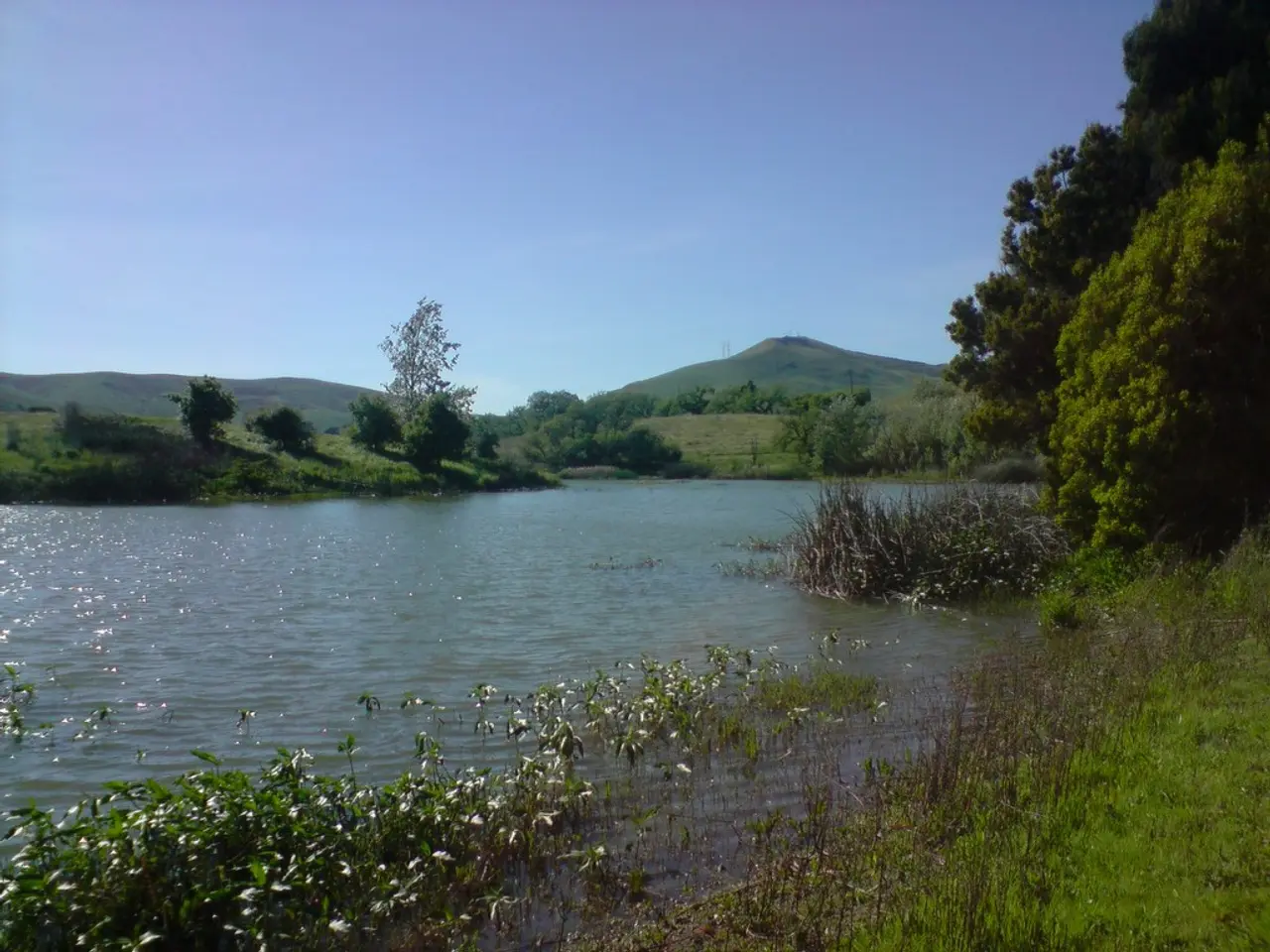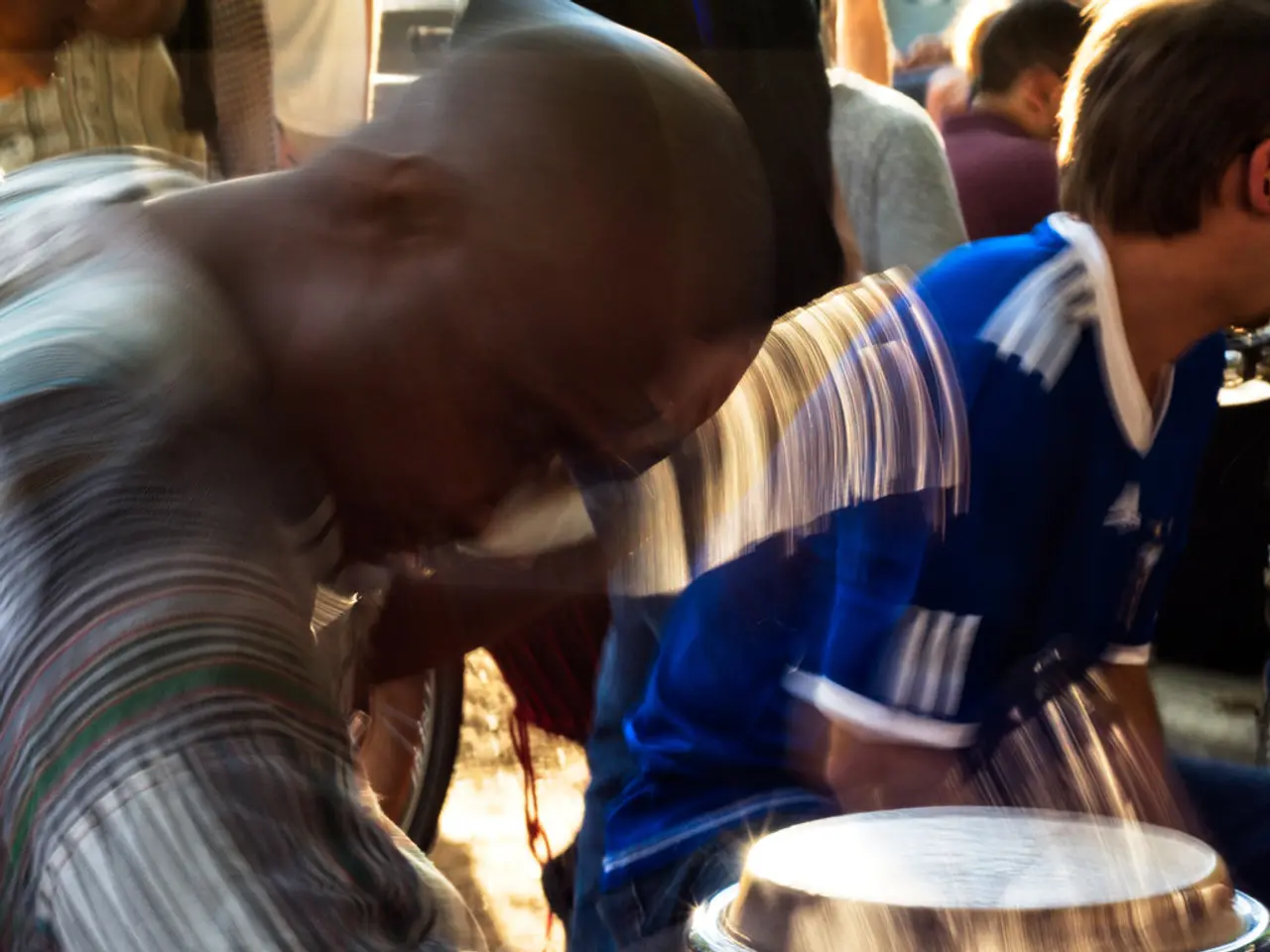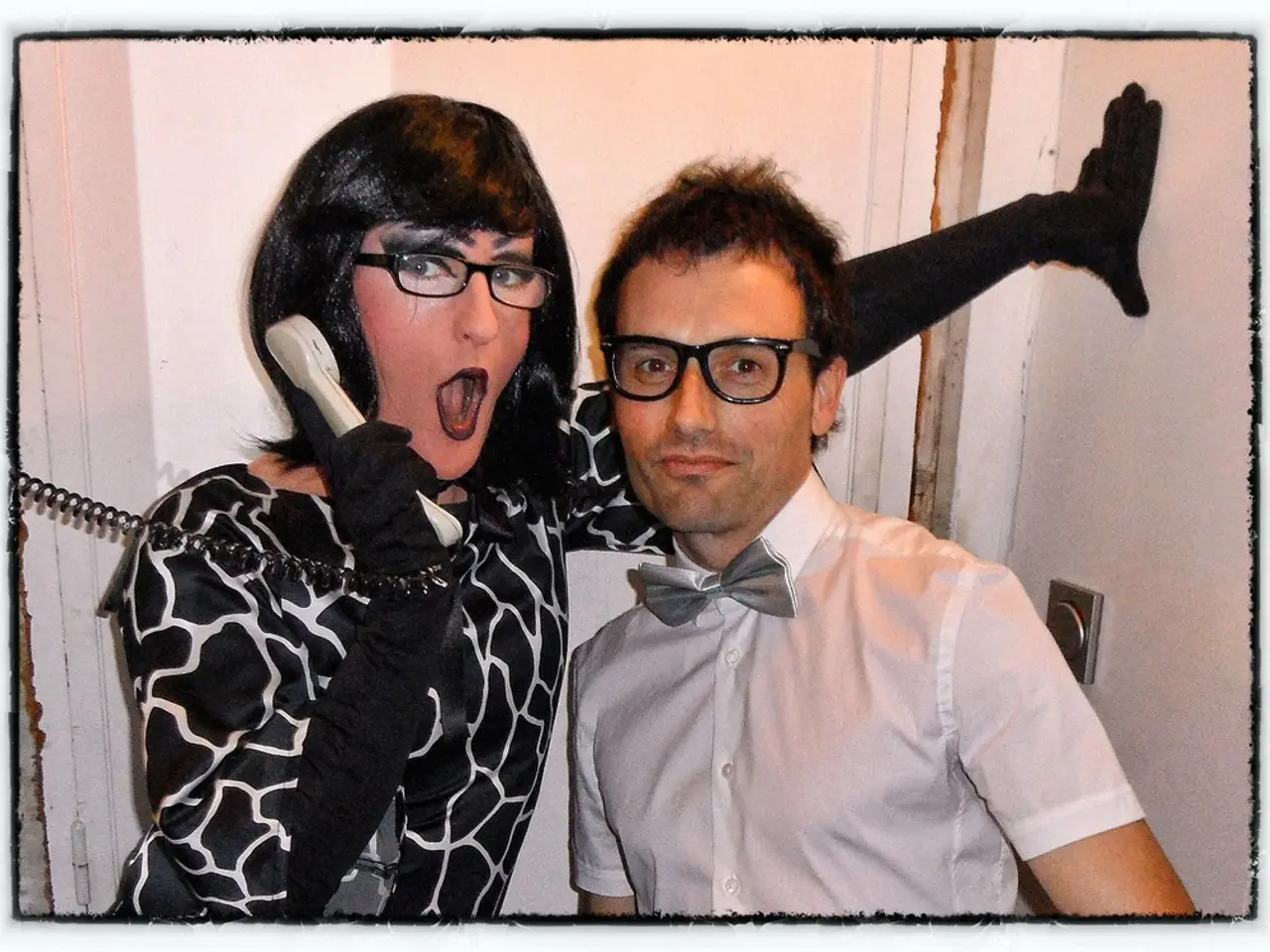Title Unchanged: Or the Oder
The Oder-Neisse line, a border established after World War II, has played a significant role in shaping the territorial evolution of Germany and its relations with Poland. Running along the Oder and Neisse rivers, this border was designated as Poland's western border, and its acceptance by both German states has markedly influenced the region's history and contemporary dynamics.
The Oder-Neisse line was initially defined at the Potsdam Conference in 1945 as the new eastern border of Germany, with Poland gaining control over the territories east of the line. However, the Potsdam Agreement was not a legally binding treaty, leading to decades of uncertainty about the border's status.
It wasn't until 1970 that West Germany recognized the Oder-Neisse line as Poland's western border through the Treaty of Warsaw, a recognition reaffirmed by both German states in the 1990 Treaty on the Final Settlement with Respect to Germany. During German reunification in 1990, the Oder-Neisse border was confirmed in a treaty between Germany and Poland, finalizing the border's status and ending decades of legal ambiguity.
The confirmation of the Oder-Neisse border marked a significant improvement in relations between Germany and Poland, as both countries became members of NATO and the European Union. This cooperation has facilitated economic cooperation and political stability, contributing to regional integration within Europe.
While there is no specific mention of recent re-industrialization efforts directly tied to the Oder-Neisse line, the region has seen various economic development initiatives, particularly in areas like Silesia in Poland and eastern Germany. These efforts aim to revitalize industrial sectors and improve economic conditions in regions historically dependent on heavy industry.
The stability brought by the confirmed border has allowed for more focused regional development strategies, including investments in infrastructure and technology, which are crucial for re-industrialization and economic growth. Plans are underway to expand the Oder and connect the harbor in Szczecin with the Upper Silesian Industrial District.
The Oder river, once a symbol of division, now unites the borderlands of Germany and Poland into a common area, the Oder region. However, the large fish die-off in the Oder last summer, presumably caused by salt-rich discharges from Polish coal mining, serves as a dark harbinger of the re-industrialization of the nature-rich river landscape.
In a separate context, Goetz Lemberg, a Berlin photographer, has portrayed the German-Polish river landscape in a photo book titled "Albo Odra". Lemberg's work presents the Oder river as a "sky, horizon, and water study" through his "Cuts", while his "Combines" offer more subjective and detailed landscapes next to or behind the river. The photo book "Albo Odra" is on display as an exhibition at the Potsdam House of Brandenburgish-Prussian History.
The Oder-Neisse line, established after World War II, became a permanent border between Germany and Poland, resulting in millions of forced resettlements and expulsions, a stark reminder of the line's historical significance. Despite this, the river and its surrounding landscapes continue to evolve, reflecting the region's ongoing journey towards economic development and regional integration.
Books about the evolution of the Oder-Neisse line and the landscape along the Oder river can serve as valuable sources of entertainment and education. For example, Goetz Lemberg's photo book "Albo Odra" offers a unique documentation of the region, presenting it as a "sky, horizon, and water study." Additionally, the Oder river, initially a symbol of division, now becomes a subject of interest in books exploring its transformation into a uniting element in the Oder region, serving as a reflection of the region's ongoing journey towards economic development and regional integration.






